This article is inspired from the Hospitality Resilience Series’ sixth session on “Utilising mindfulness practices to improve our state of mind”, held on April 14th 2021, hosted by Jonathan Humphries, Chairman HoCoSo, Chris Mumford, Founder CERVUS Leadership Consulting, Jon Hazan, Executive Coach ATLAS Coaching, with special guest Dr. Yves Givel, Senior Vice President of Human Resources Europe, Africa, Middle East and Southwest Asia, Hyatt Hotels Corporation.
Restoring order and balance
The human body, just like a finely-crafted Swiss watch, requires special care to continue operating to its fullest potential. Yet despite the flawless engineering, external stressors have a direct impact on performance as evidenced by the debilitating effects COVID-19 has had on the world’s workforce.
Elaborating on the latest choice of topic, Jonathan Humphries explained that as the hospitality sector begins to look toward recovery, the burdens and strains on leadership continue to bring focus to the need for strengthening personal resilience and inner immunity. In the sixth episode the Hospitality Resilience Series, we will be talking about “Utilising mindfulness practices to improve our state of mind”.
It’s a VUCA world, where do we go from here?
The practice of mindfulness has gained widespread popularity over the past 15-20 years as individuals and organisations have recognized the benefits of living and acting with greater awareness and presence. Becoming more aware of our internal state and external environment helps us be more attentive, creative, compassionate, resilient and less anxious.
However, before we consider resilience, we should consider stress and the effect it has on both body and mind Jon Hazan explained. That is especially important considering that our current VUCA (Volatility, Uncertainty, Complexity, and Ambiguity) world, provides the ideal breeding ground for concerns about our mental and physical health. And as ever, the question is, how do we manage this and what can help us get through this?
Having experienced first-hand the positive benefits of mindfulness both for himself as well as for his organization, Yves Givel, who also is a certified teacher with the Search Inside Yourself Leadership Institute, was so attuned to the merits of that approach, that he successfully integrated mindfulness into the Hyatt leadership model and organizational culture.
For more info on the Search Inside Yourself Leadership Institute, click here.
A simple emotional question that is difficult to answer
Though you might think that describing how you feel right now using only two words, is simple enough to do, the reality of the matter is surprisingly complex. The reason is mainly due to the fact that it is not always easy to access our emotional vocabulary. The matter is further compounded when considering the onslaught of information we as individuals are bombarded by through the unrelenting input from our five senses.
The anatomy of stress
We’re living in a world where things are going crazy. We are connected 24/7. We have information flow that doesn’t stop, resulting in information overload. If we imagine the way we individually are dealing with the world at the moment, we arrive at the conclusion that the world we’re living in doesn’t really help. What does help is understanding the various internal systems of the human body, which would level the odds and offer us a fair fighting chance.
To clarify, it is important to know, that the sympathetic part of our nervous system gets activated when we’re under stress. That’s the system that helps your body to start issuing adrenaline and gets you ready to fight, flight, or freeze when subjected to stress. Once the ‘threat’ passes, the body needs to calm down and can only do so when we command our parasympathetic nervous system to intervene. This is when our prefrontal cortex sends a signal to our emotional part of the brain to pump cortisol. However, that rarely happens, because we are unconsciously consumed by the feeling, which spreads like a bush fire on a blisteringly-hot summer day.
Ironically, you can activate your parasympathetic nervous system simply by taking a couple of deep breaths. Though that does sound too far-fetched, even ludicrous, Yves stands firm on the effectiveness such little practices have in down-regulating the body back to its baseline.
Overcome stress through awareness
Historically, stress has developed over thousands of years in us. It’s part of our evolutionary system that helps us to minimise threat and maximise reward. While this coping mechanism may have served us well in an environment riddled with external life-threatening situations, we rarely, if ever find ourselves in such an environment today.
Nonetheless, that same system is constantly activated by modern-day matters negatively affecting us on an emotional, physical and cognitive level. What is important to keep in mind is the fact that avoiding stress is a fallacy, because we live in a VUCA world. What we can do is develop our awareness when we get stressed and help our body to down regulate.
Some stress is good, discover Eustress
While most people believe all stress is bad, scientists have discovered a different kind of stress called Eustress. It is a special type of motivating stress that has a beneficial effect on health, motivation, performance, and emotional well-being. It is what drives world-class athletes to perform beyond their normal abilities. However, that kind of stress often tricks us into thinking that we can power-through a 60-hour week, that is before we realize that our mind could handle it, but our body certainly cannot. This almost always results in burnouts.
The threat is so real, that in 2019, the World Health Organisation classified workplace burnout as an official illness. Point being, what we are living today brings a lot of stress on us and we need to have practises that help us to create that awareness, to understand more clearly what’s going on in our mind, in our body and in our environment. Awareness increases the bandwidth of communication thereby allowing us to see clearly what’s happening internally.
The importance of resilience
Resilience, is the ability to bounce back from challenging situations and effectively adapt to change and thrive. Although everybody says, I wish the world would go back to normal, there is no going back to normal and we all know that there are a number of things that are here to stay. But resilience can help us to bounce back and then adapt to the new normal and start thriving with it. If on the other hand, we keep processing external input through our emotions, that will drive us to exhaustively question ourselves. It will also prevent us from moving forward. Therefore, we need a certain level of acceptance and resilience to break free from this vicious cycle.
Once we become aware of what’s happening in our mind and our body, we gain the ability to navigate these emotions and by reciprocity, our ‘threatening’ environment. For those of you who are based in the U.K., you might have heard of Mindful Nation U.K., which was a major study commissioned by the U.K. government about bringing mindfulness into the health care system, into the educational system and into business. The study defines mindfulness as, “Paying attention to what’s happening in the present moment in the mind, body and external environment, with an attitude of curiosity and kindness.” It’s a definition that calls for focus on the ‘present moment’ and nothing else.
Short practices with long-term effects
Arguably, human beings can survive three days without water and up to 21 days without food, yet only less than three minutes without air. Ergo, breathing ranks top in the life-sustaining hierarchical system. Therefore, it becomes pertinent to focus on what keeps us alive and in so doing, be aware of it.
To that end, Yves recommends a simple enough exercise that fosters awareness titled, ‘Focused Attention Practice’. It’s an incredibly helpful practise that aids you to stay better focused on whatever you do, while remaining more aware of what’s going on in your mind. To clarify, this method is not designed to help us maintain our focus, rather become aware when our mind wonders off and in so doing, redirect it to where it needs to be. That’s what is called meta-attention, which is the key to concentration.
The 5-minute mindfulness exercise
To demonstrate what was discussed, give yourself five minutes to try out the following:
- Find the most comfortable sitting position for you.
-
- Different people are comfortable in different positions, so assume the one that suits you best.
- Sit in an upright position with both feet on the ground and both hands on your legs.
- Choosing a more relaxed position is not recommended as you need to remain attentive.
- Close your eyes and take a few seconds to clear your mind.
-
- Though you may initially feel the need to focus hard on not thinking about anything, try not to be too forceful.
- As you sit perfectly still, draw the first deep breath in through your nose.
-
- Often, what helps keep you focused is sensing how cold or warm the air you are inhaling is.
- Do not hold your breath, just feel the air filling your lungs.
- Once your lungs are filled at normal capacity, open your mouth and gently exhale.
-
- Again, try to feel the difference in temperature between the air going in and the air coming out.
- After a few deep breaths, try to find your anchor.
-
- This means try to pinpoint the part in your body where you can truly sense your breath.
- After a couple of seconds, your mind will start wandering as random thoughts unintentionally make their way through.
-
- Do not, under any circumstance stop when that happens, because it’s only normal.
- What is interesting is that despite the fact that you are distracted, you probably will not become immediately aware of this. Again, that is normal, so don’t be discouraged.
- As you continue to inhale and exhale, your mind will gradually become more attuned and anchored to your breath, stomach, lungs, throat or even nostrils.
- At this point, and over time, the very moment a thought of any kind enters, a silent alarm will alert you to the fact that you have allowed distraction room to enter.
-
- That is great news, simply because now you have become more aware to what is entering and leaving your body and mind.
- At this stage, you’ll notice your distraction and simply reorient your attention back to your breath.
- Most importantly, relax your facial muscles, shoulders, arms and hands. Just simply try to settle your mind and follow your breath.
- Lastly, as you start to relax, just bring one thought to your mind, something you’re grateful for, as you then gradually bring your awareness slowly back to the room you’re in.
- Keeping your feet on the floor and hands on your knees, take a nice final deep breath and when you’re ready, gently open your eyes.
A more promising tomorrow
The beauty of this highly-effective exercise is the ability to integrate it into our daily lives irrespective of time and place. In so doing, we would not only have taken the first step toward keeping our own emotions in check, but also becoming more aware and therefore more focused on the task at hand.
According to Chinese philosopher Lao Tzu, “A journey of a thousand miles begins with a single step”, while at HoCoSo, our unrelenting drive for crafting unique hospitality experiences and transformative solutions, transpires with every breath we take.
>> CLICK HERE to read the session’s key takeaways.
Please find here reading recommendations and tips from Dr. Yves Givel.
For more info on Yves Givel, check his website www.mindfulness-company.com
References and Research on Neuroplasticity and Meditation – by Yves Givel:
– Changes in Attention and Mind-Wandering
– Less Anticipatory Stress, Faster Recovery
– Is meditation associated with altered brain structure?
> Join the Hospitality Resilience Series‘ community on LinkedIn and on Instagram.
Our thanks to Yves for his time, his thoughts, and his excellent advice.
About the author
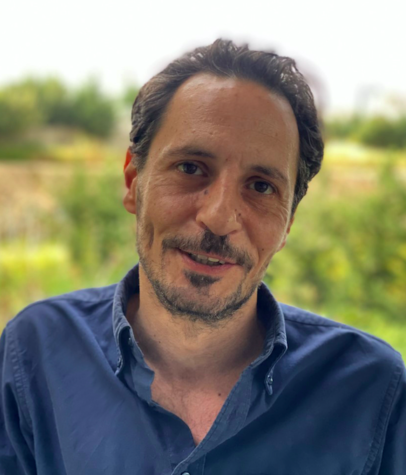 Jad Haidar
Jad Haidar
Leveraging over 20 years of writing as a seasoned journalist, Jad has interviewed globally reputed personalities in the advertising, communication and hospitality industries. He is a storyteller at heart, crafting balanced and informative articles for readers. He was the features writer for ArabAd and Hospitality News magazines in the Middle East for the past 10 years and is currently a webinar writer for HoCoSo. Before becoming a journalist, he spent 5 years teaching English. He holds a B.A. in English Literature and communicates in 4 languages.
About HoCoSo
HoCoSo are advisors with a difference.
We create tailor-made and innovative solutions for clients’ hospitality-led projects by bringing together the optimum team of sector specialists.
Jonathan Humphries, Chairman and Owner of HoCoSo, and his direct team specialize in the extended-stay, co-living, and hotel-alternatives hospitality market; luxury, lifestyle and boutique hotels; and resort developments in Europe, the Middle East and Africa (EMEA). Our strengths lie in the following core services:
- Product & Concept Creation, for portfolio & individual asset developments.
- Strategic Development Projects with a focus on new-market / new-concept business expansion planning, operator selection, market and financial feasibility studies.
- Transformative Asset Management for brand re-positioning, asset re-evaluation and concept re-structuring.
- Hospitality Education for companies and academic institutions, with a focus on bespoke course development, training and teaching.
- Workshops, Keynotes and Conference Moderating for boards, leading international conferences and incubators.
During the covid19 crisis, HoCoSo launched HoCoSo CONNECT, an initiative aimed at bringing the industry together to brainstorm and collaborate; HoCoSo CONVERSATION, a podcast channel encouraging the discussion with thought leaders from around the globe, for the hospitality industry; and, in collaboration with Atlas Coaching and Cervus Leadership Consulting, we also launched the Hospitality Resilience Series , a combination of online events, insights and discussions aimed at helping build your personal resilience and inner immunity.




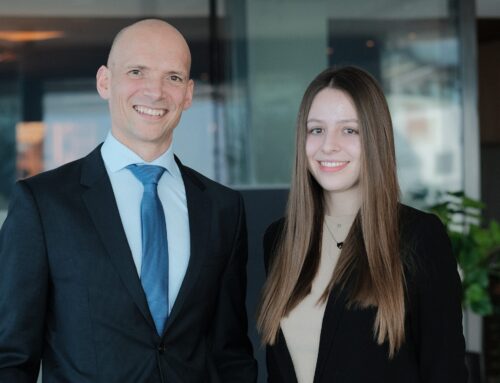

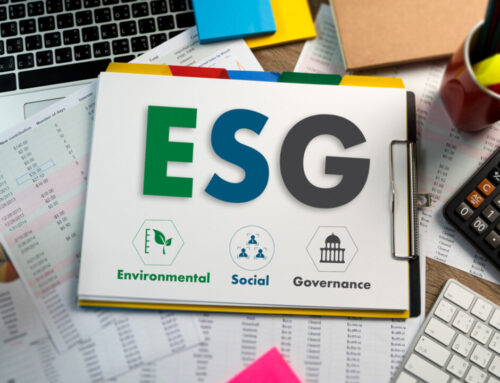

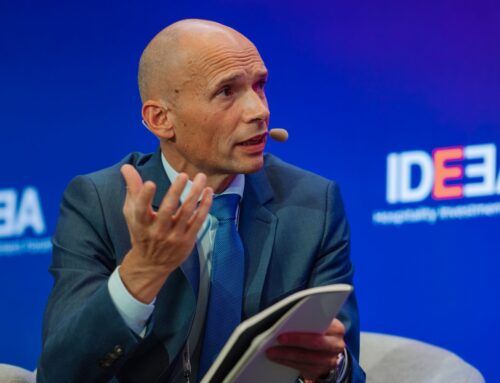
Leave A Comment